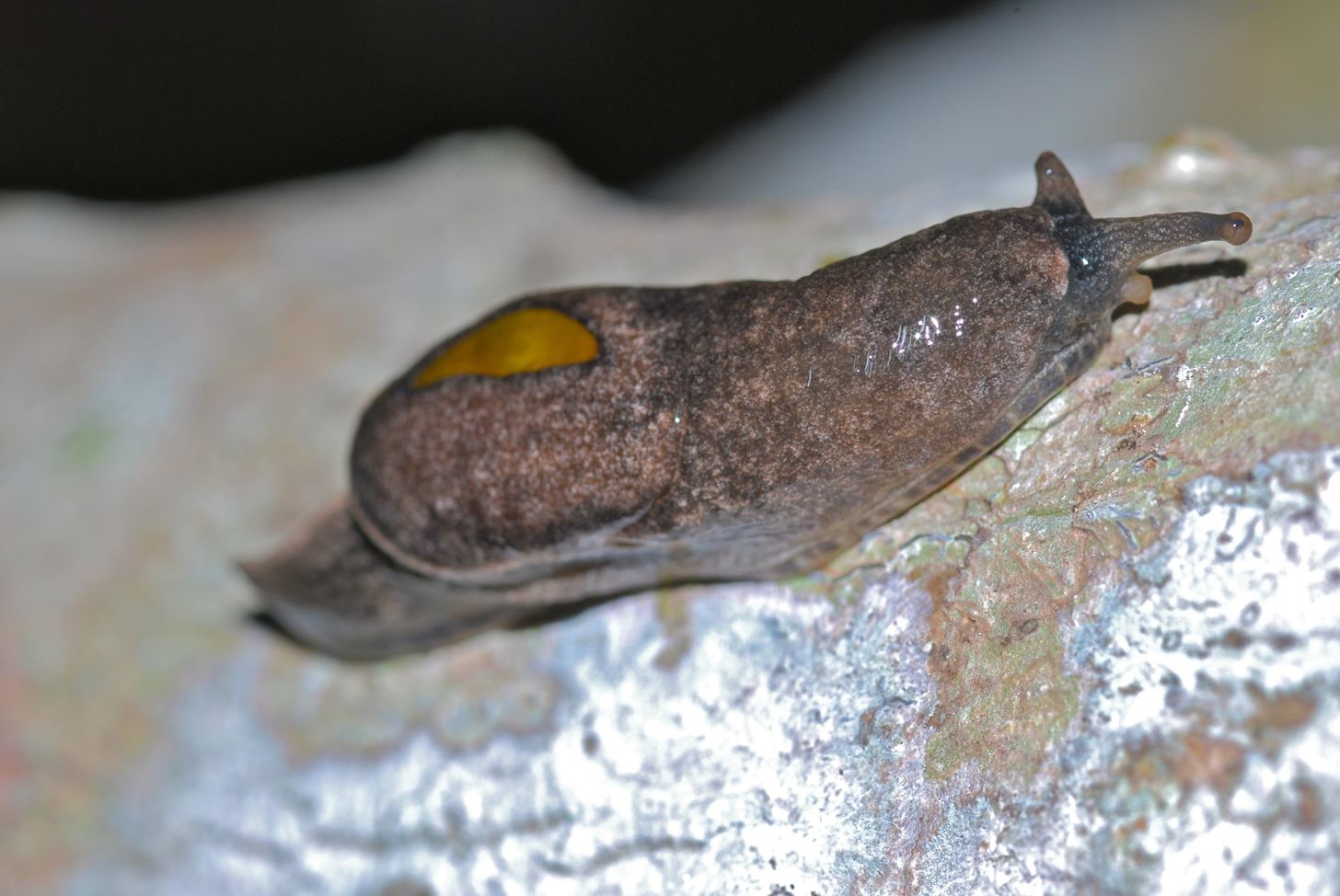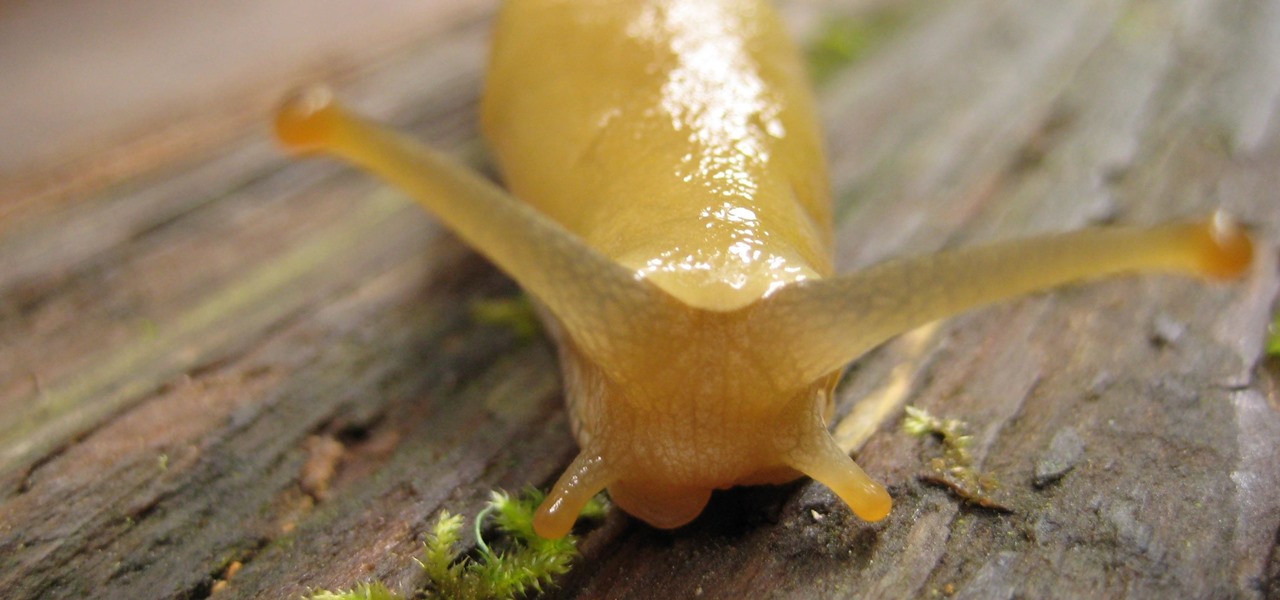Warning: If you are eating and for some reason still decided to click on this article, turn around now. Maui, Hawaii health officials have reported finding at least six cases of angiostrongyliasis, a parasitic lungworm that infects humans. Colloquially, it's known as rat lungworm disease. And if you think that name is awful, just wait until you hear what it does to the human body.
The disease is caused by the parasitic lungworm Angiostrongylus cantonensis. While the "rat" name comes from the fact that rats host the adult form of the parasite, that is not how it is most likely transferred to humans. The larvae of the parasite live in rat feces, which can start a disgusting chain of events. The parasite's larvae can be transferred to a plethora of animals like crabs, slugs, and snails. If humans then come into contact with these small creatures, or even with raw and uncleaned produce these animals have touched, they can they become infected with the larvae.
In Hawaii, this disease is most commonly spread by the semi-slug, which is invasive and ubiquitous in Maui. About 70% to 80% of these slugs carry the parasite. The parasite can be transferred from the slug by the slime they leave behind or through the slug's larvae, which is often microscopic. The best way to decontaminate food is by cooking, freezing, or cleaning thoroughly, but raw produce has been avoided by the islanders as of late.

Although those infected can sometimes showcase no symptoms and recover without realizing they contracted it, in more dire cases the parasite can move into the brain and cause parasitic meningitis, with symptoms such as "extreme headaches, numbness, tremors, and fever." Oh yeah, and death, in some horrific cases.
Tricia Mynar, a 47-year-old Maui resident who was recently confirmed to be infected with rat lungworm, described the pain it causes to Honolulu Civil Beat as seemingly unlivable:
I became so sensitive to any kind of wind that blew through my house I had to stand up and rest my head on the kitchen counter to get any kind of sleep. I couldn't lay down on anything because of the pain.
She went on to describe what she thinks of parasitic meningitis:
The parasites are in the lining of my brain, moving around. . . . My visual graphic for what's happening is that every once in a while somebody opens the top of my head, sets a hot iron inside my brain, then pushes the steam button.
Well, this is an excuse for Hawaiians to skip on the salad for a while if I've ever heard one.
Because there is no simple blood test for the disease, Mynar had to undergo a lumbar puncture to confirm the infection. She is still suffering from the disease because, horrifically, there is no cure. Patients like Mynar are typically prescribed painkillers and try to wait out the pain as their bodies take on the parasite.
Rat lungworm only made its way to the US recently, previously only having been predominant in places in Asia and the Caribbean. In the last few decades, this has changed, with cases in Hawaii, California, Alabama, Louisiana, and Florida. The dean of the National School of Tropical Medicine at Baylor College of Medicine, Peter Hotez, speculates that this is likely "due to snails or slugs in the ship ballasts—ships coming from Asia and going through the Panama Canal."
Although the disease is not unknown in the US, State epidemiologist Dr. Sarah Park has expressed concerned in the recent spike in cases. Previous to the last three months, only two confirmed cases were reported in Hawaii the last ten years. Add that fact along with her description of the disease, and it's not hard to understand her concern:
If you could imagine, it's like having a slow-moving bullet go through your brain and there's no rhyme or reason why it's going to hang out in this part of the brain or that part of the brain.
Yikes. Well, I'm going to be overcooking my meals until I can secure enough brain bleach to forget this disease exists.
Just updated your iPhone? You'll find new emoji, enhanced security, podcast transcripts, Apple Cash virtual numbers, and other useful features. There are even new additions hidden within Safari. Find out what's new and changed on your iPhone with the iOS 17.4 update.


























Be the First to Comment
Share Your Thoughts